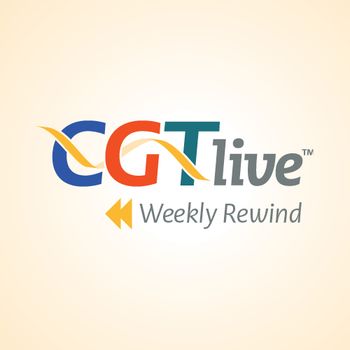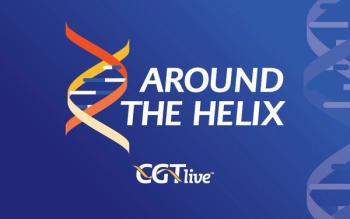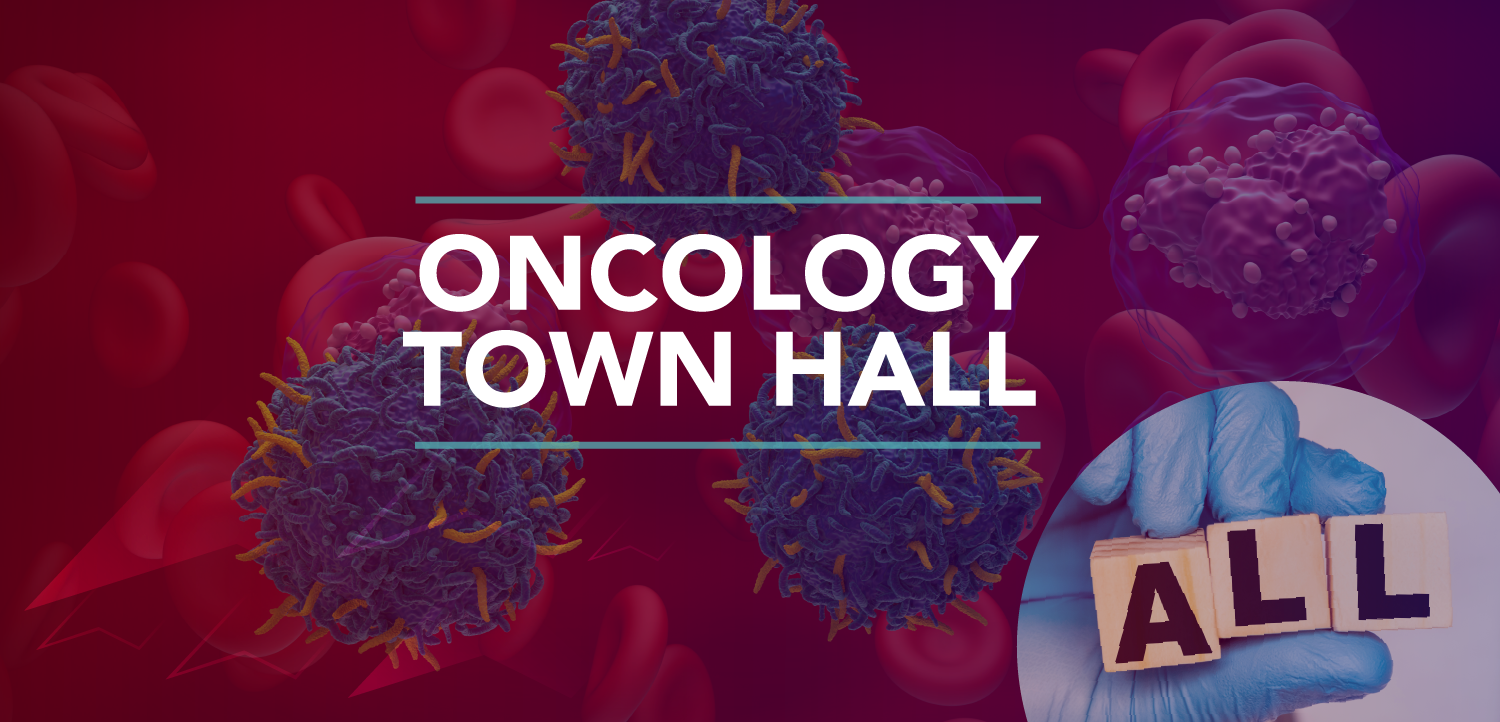
Nirav Shah, MD, MSHP, on Evaluating Zamto-Cel in R/R DLBCL
The associate professor of medicine at Medical College of Wisconsin discussed efficacy data presented at the 2025 Tandem Meetings.
This article originally appeared on our sister site,
"Despite some of these poor prognostic indicators, we were happy to report that the overall response rate was [72.8%,] with [50.8%] of patients achieving a complete remission. Many of these remissions were durable."
Zamtocabtagene autoleucel (zamto-cel; MB-CART2019.1), a dual CD19- and CD20-directed noncryopreserved chimeric antigen receptor T-cell (CAR-T) therapy, is currently being evaluated in the
During the meeting, CGTLive®'s sister site
At 6 months, the progression-free survival (PFS) rate was 55%, and the median PFS was 9.0 months. The median overall survival (OS) had not been reached.
Shah explained that continued follow-up will be vital to obtain more mature data. Future analyses will examine the 1- and 2-year outcomes for patients treated during the study.
The safety profile of zamto-cel was favorable, with no cases of grade 3 or higher cytokine release syndrome reported. Immune effector cell–associated neurotoxicity syndrome of grade 3 or higher occurred in 4.3% of patients.
Notably, dual CD19/CD20 targeting was associated with a potential mitigation of antigen loss as a resistance mechanism. Among 27 patients who had disease progression, no antigen loss was observed in 22 patients. CD19 loss and CD20 loss were experienced by 2 patients each, and 1 patient had dual CD19/CD20 loss.
Newsletter
Stay at the forefront of cutting-edge science with CGT—your direct line to expert insights, breakthrough data, and real-time coverage of the latest advancements in cell and gene therapy.











































